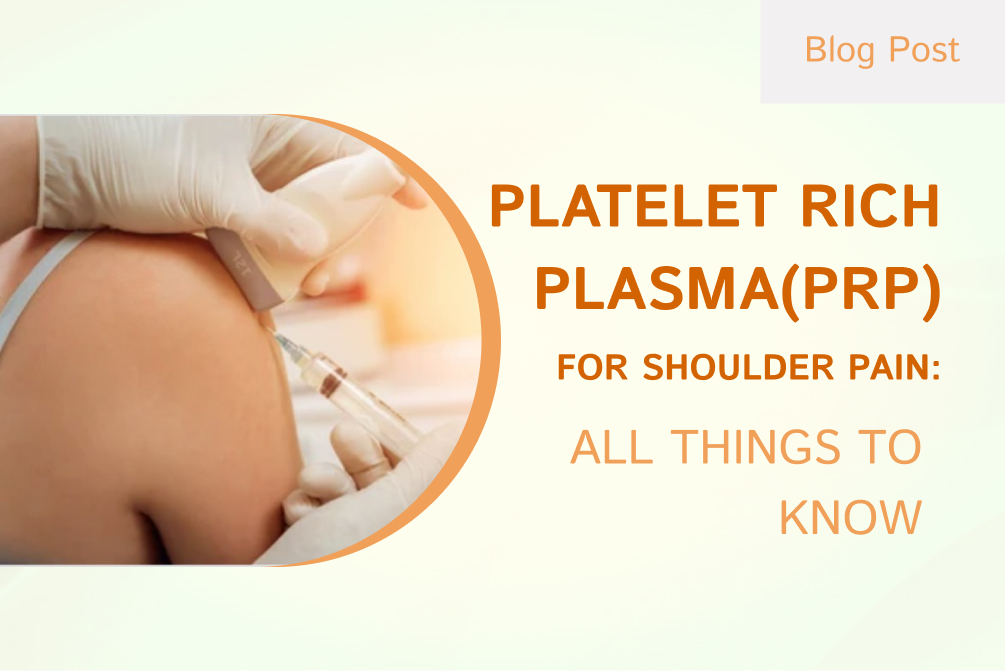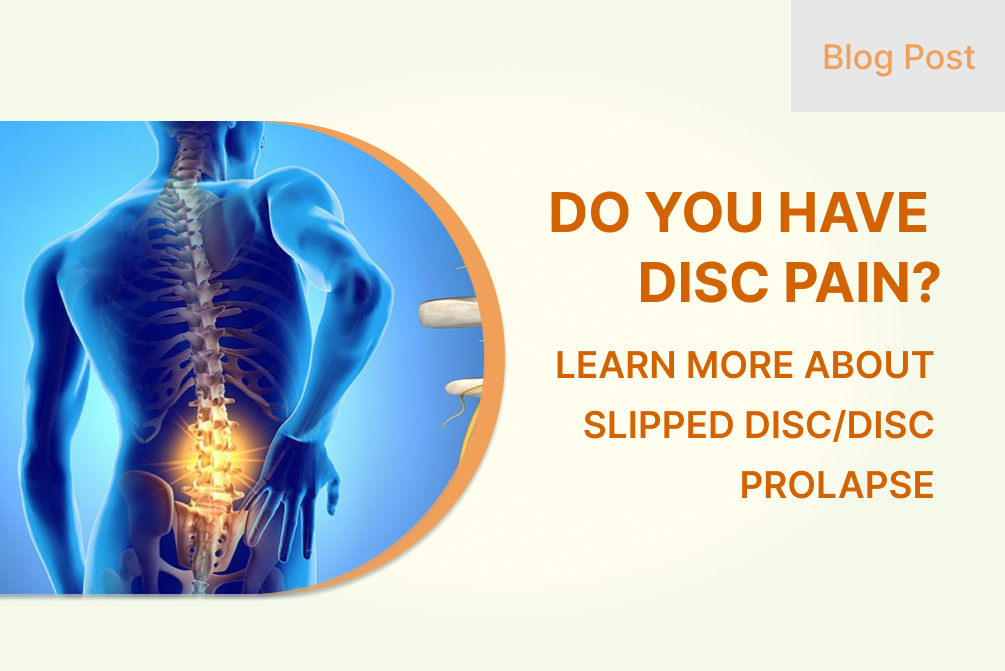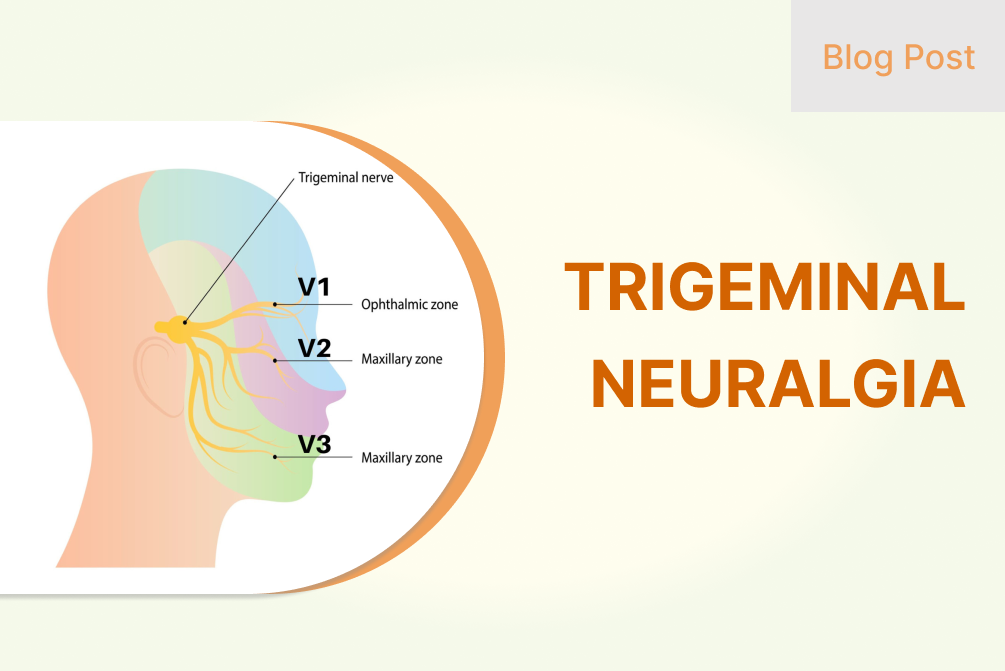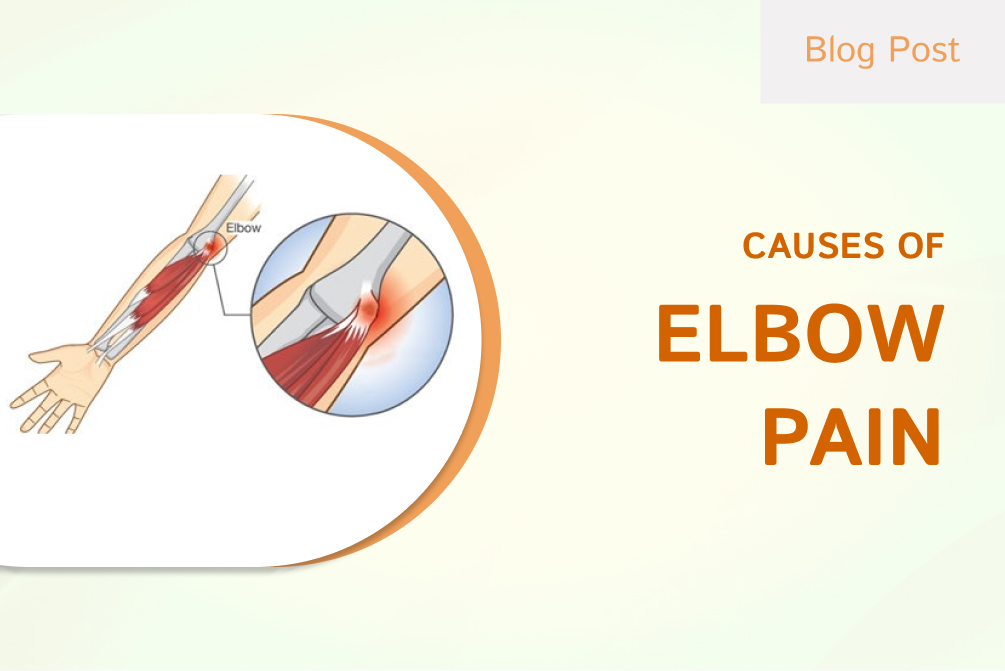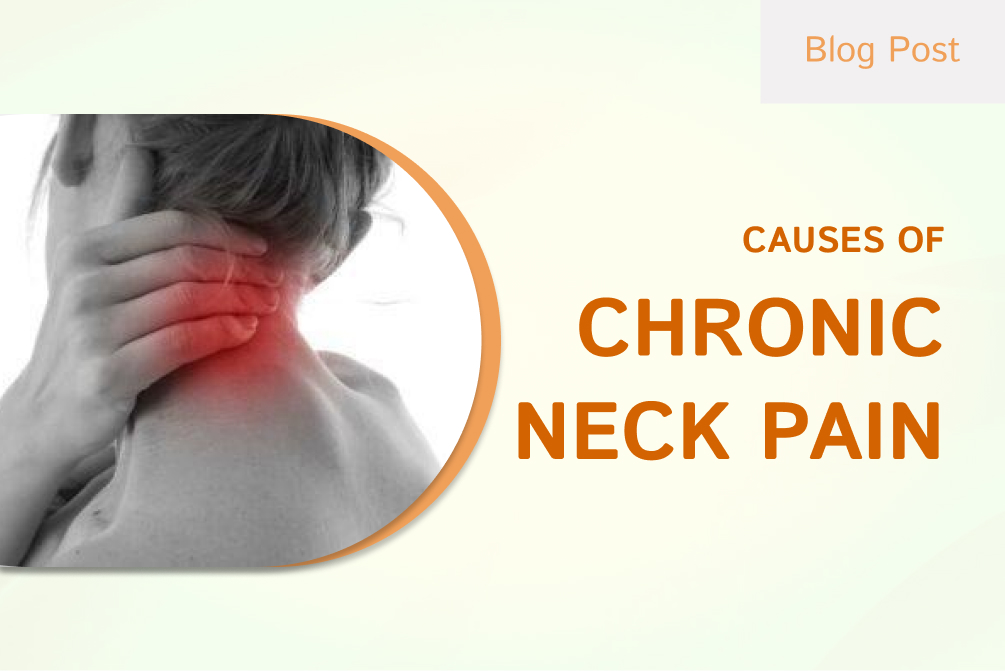Knee Pain When Squatting: Diagnosis, Etiology, Prevention & Treatment
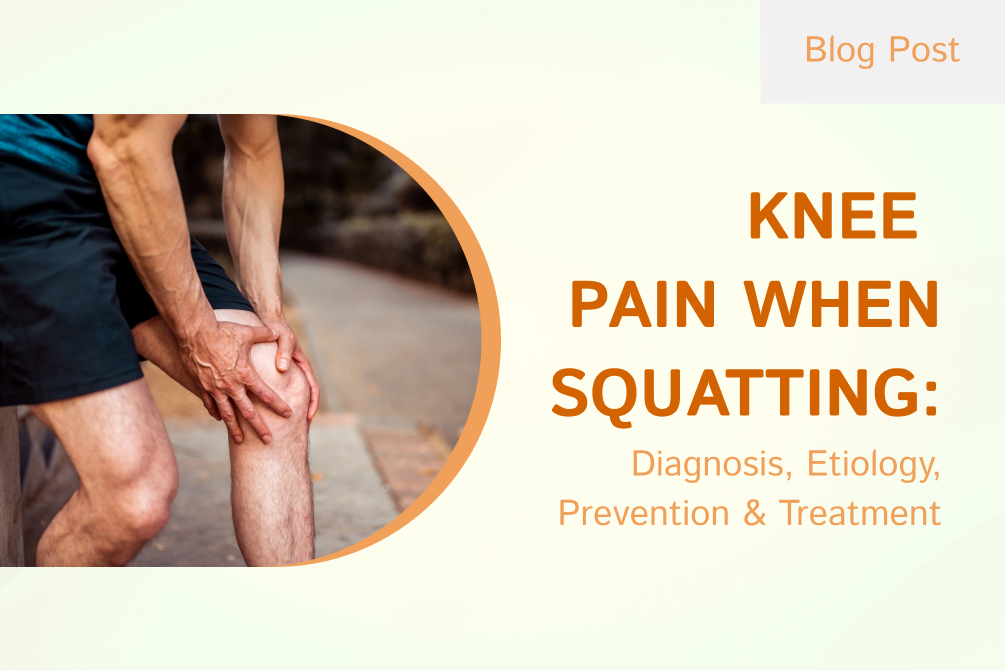
Knee pain while squatting or after squatting is a very typical problem that will affect almost every one of us for some reason, whether it’s being an athlete a fitness lover or simply doing regular daily activities. Knowing what causes knee pain during squats and how to manage them can ensure healthy knees in the long run and avoid other health complications. It is our goal at Amandeep Hospital to completely examine, understand, and treat each patient to restore the life you want and love without chronic pain.
Why Do My Knees Hurt When I Squat?
A common condition seen in my practice is Patellofemoral Pain Syndrome (PFPS)
Commonly known as “runner’s knee,” PFPS is pain around the kneecap (patella). It happens when the patella does not glide effortlessly over the femur as the knee goes through its range of motion, often resulting from muscle imbalances or improper alignment. Squats put stress on the patellofemoral joint, which is uncomfortable.
Iliotibial Band Syndrome (ITBS)
The iliotibial band is a band of tissue that extends from the hip to the shin. ITBS happens when this band tightens or becomes inflamed and causes pain on the outer side of the knee, particularly in activities that require the knee joint to bend, like squatting.
Meniscal Tears
The menisci are cartilage pads that stabilize the knee joint and absorb shock. A tear can come from sudden twisting movements, or overuse, and cause pain when bearing weight, such as squats.
Overuse Injuries: Patellar Tendinitis and Tendinosis
In this case, inflammation of the tendons surrounding the knee (especially the patellar tendon) triggers pain when squatting. Whereas tendinitis is an acute inflammation, tendinosis is a chronic process stemming from degeneration, caused by repeated stress.
Osteoarthritis
The knee jerked in pain when I tried to squat A common joint disease like Osteoarthritis causes degenerative changes of the knee joint that lead to pain on squats. The cartilage breaks down, and bones grind against one another, leading to pain, stiffness, and swelling.
Bursitis
The knee has several bursae — fluid-filled sacs that minimize friction. (Inflammation of these bursae is called bursitis, which can result in pain while squatting, especially when repetitive pressure is put on the knee.)
Examining the Cause of Knee Pain When Squatting
Comprehensive evaluation involves
- Clinical Examination: We evaluate your knee for tenderness, swelling, alignment, and motion.
- Imaging Studies: X-rays and MRIs can reveal structural damage like cartilage wear, ligament injuries, or meniscal tears.
- Functional Testing: Performing tests regarding strength, stretching, and movements to see if we can find a biomechanics component.
Treatments to Help Alleviate Pain in the Knee
Rest and Changing Physical Activity
Avoid the activities that hurt the knee, and stick to low-impact movements to protect the joint and allow it to heal.
Physical Therapy
Building up the quadriceps, hamstrings, and hip muscles can support better stabilization for the knees, leading to less pain. Particularly, exercises focusing on the knee extensors and hip abductors may be beneficial.
Stretching Routines — Regular stretching of the iliotibial band, quadriceps, and hamstrings can help increase flexibility and release stress in the knee.
The American Society of Interventional Pain Physicians (ASIPP)
- Procedures such as corticosteroid injections can reduce inflammation and help with short-term relief.
- In cases of osteoarthritis, hyaluronic acid injections may be given to lubricate the knee joint, improving movement and alleviating pain.
- Ozone is injected within the joint and also into soft tissues and bursa wherein bursa pain is relieved as well as inflammation.
Regenerative Medicine
Princess PRP, stem cell therapy and prolotherapy are regenerative injection procedures that stimulate tissue regeneration, most commonly from tendon injuries and cartilage damage.
Bracing and Orthotics
Knee braces or custom orthotics may be used to help stabilize the knee joint and correct alignment issues, which will reduce knee dominance and stress on the joint during squats.
Medications
Over-the-counter NSAIDs, or non-steroidal anti-inflammatory drugs, can go a long way in managing pain and inflammation, though they should not be seen as a long-term fix.
How to Avoid Knee Pain When Squatting
- Warm Up: Dynamic warmup exercises like leg swings and lunges will prepare the knee joint and surrounding muscles for activity.
- Form Focus: During a squat, your knees should track over your toes (avoid letting them cave in). Keep your core engaged as you go down and keep your glutes activated.
- Reinforcement of Surrounding Muscles: Building the muscles around the knee specifically the quadriceps hamstring and hip abductor can offer additional support to the knee and minimize strain.
- Do Not Dive into Deep Squats: Dive into partial squats if you are just new to squatting, or have any knee pain, and build your form and flexibility before attempting deep squats.
- Choose the Right Shoes: Shoes that are well-cushioned and help support the arch of the foot and distribute forces on the knee.
When to Get Medical Help
If knee pain continues after home treatments or is accompanied by swelling, locking, or instability, contact Amandeep Hospital for a thorough evaluation. In your case, early diagnosis and intervention of knee conditions can prevent their progression and help you get back to pain-free movement.
Let’s explain why you should opt for Amandeep Hospital.
Knee Pain Treatment at Amandeep Hospital, our multidisciplinary professional team specializes in the diagnosis and treatment of knee pain using advanced interventional and regenerative techniques. We work with you to create a customized treatment plan so you can restore mobility and quality of life with an approach that is patient-centered and focused on your needs.
Conclusion
Pain in the knees while squatting indicates an underlying issue that needs to be worked with. Knowing the underlying causes, receiving an accurate diagnosis, and adhering to a customized treatment plan can relieve pain and help prevent damage. Wherever the journey takes you, we are with you, and we have the treatment options available to get you back in action.

